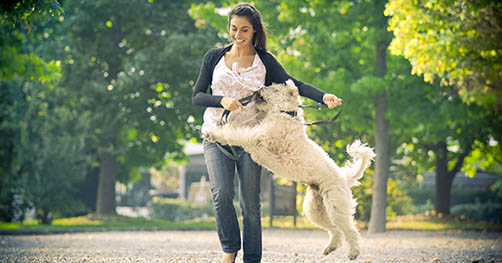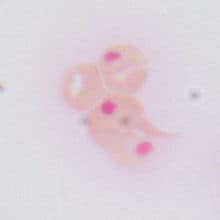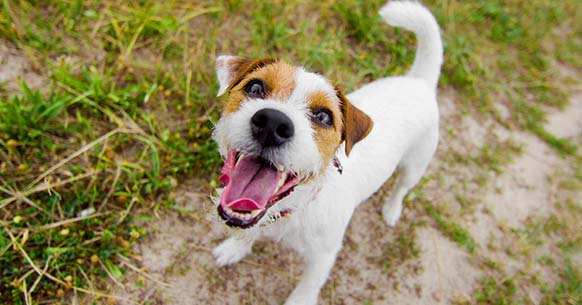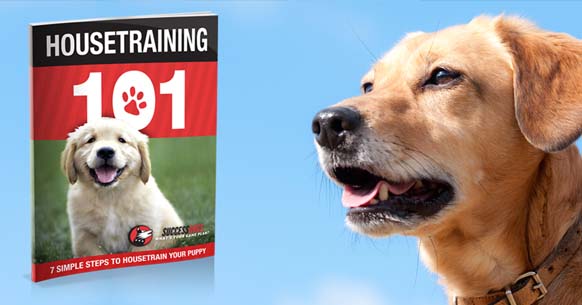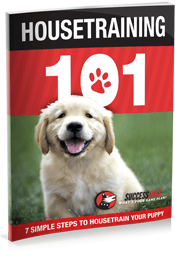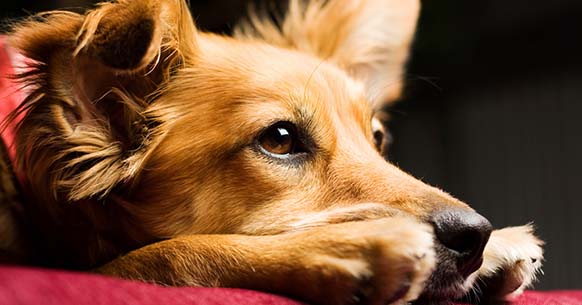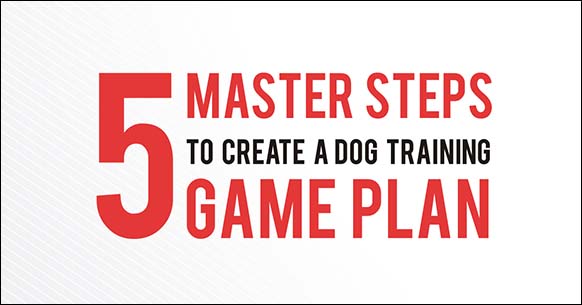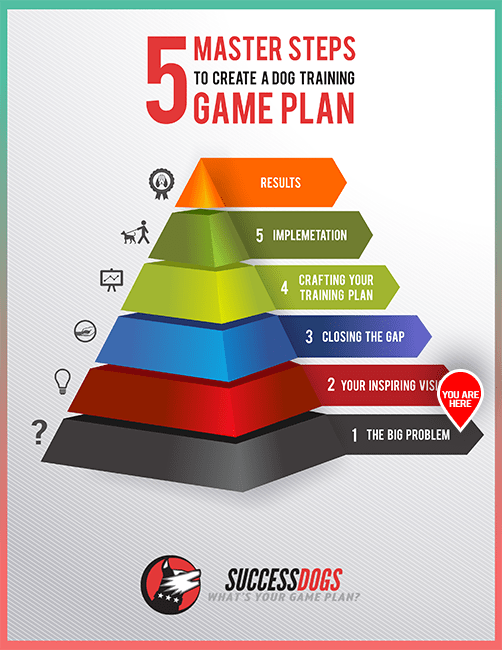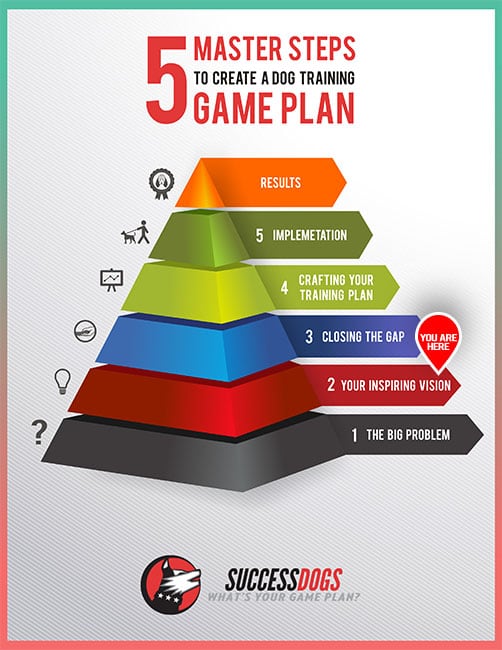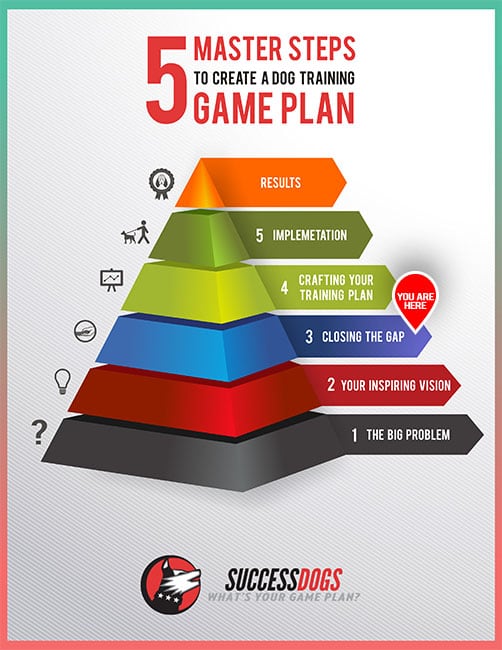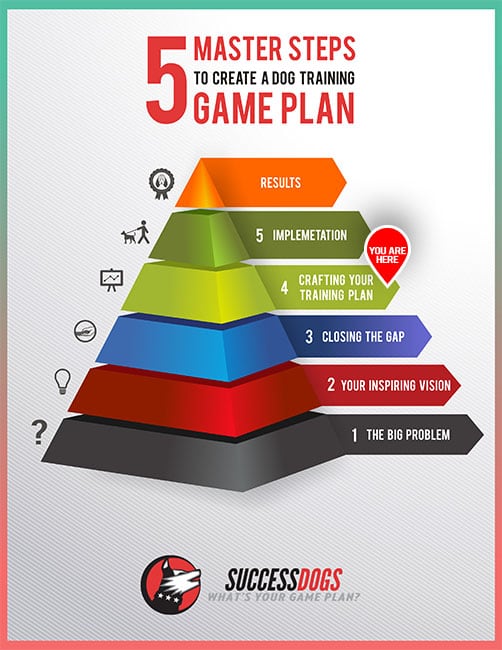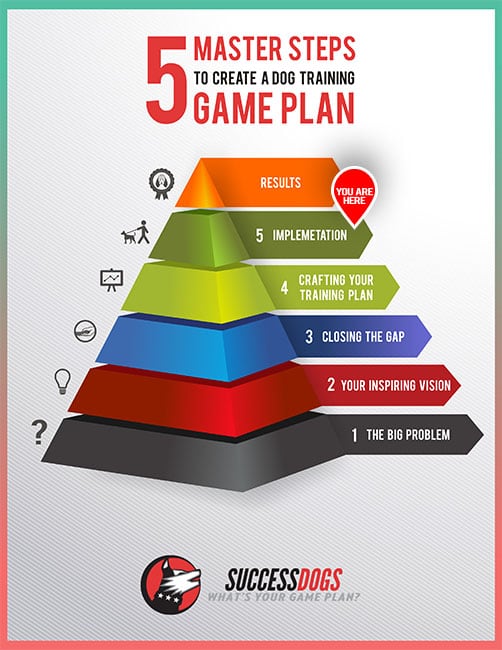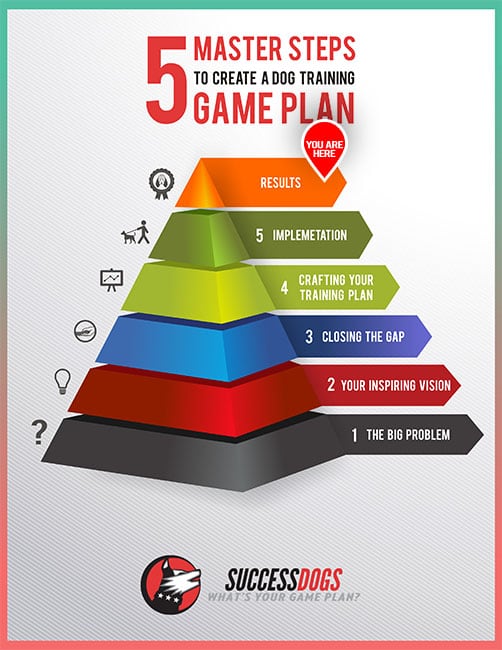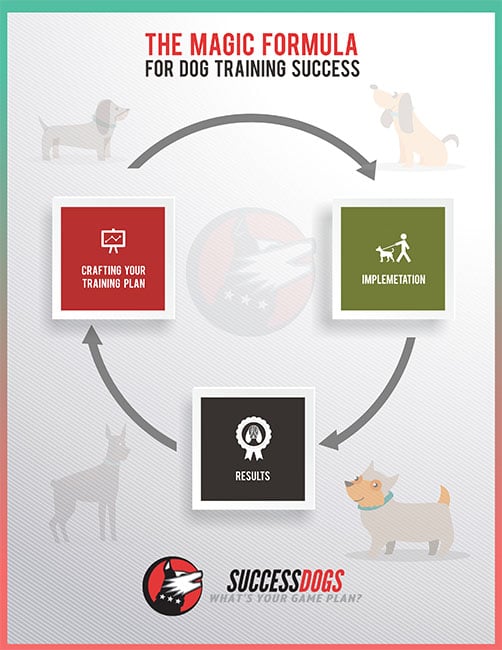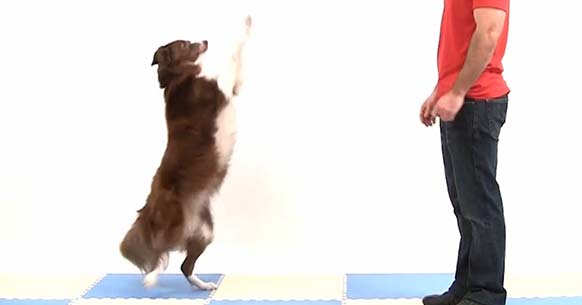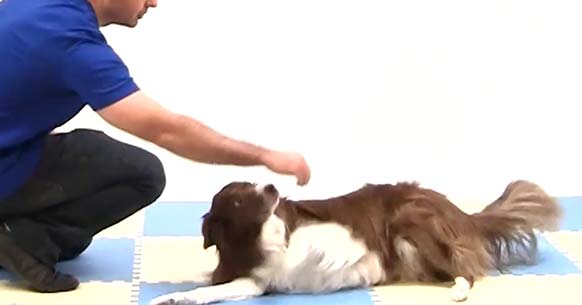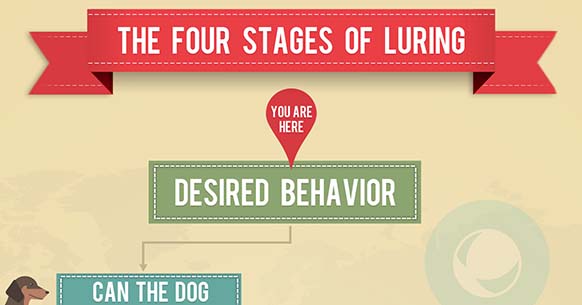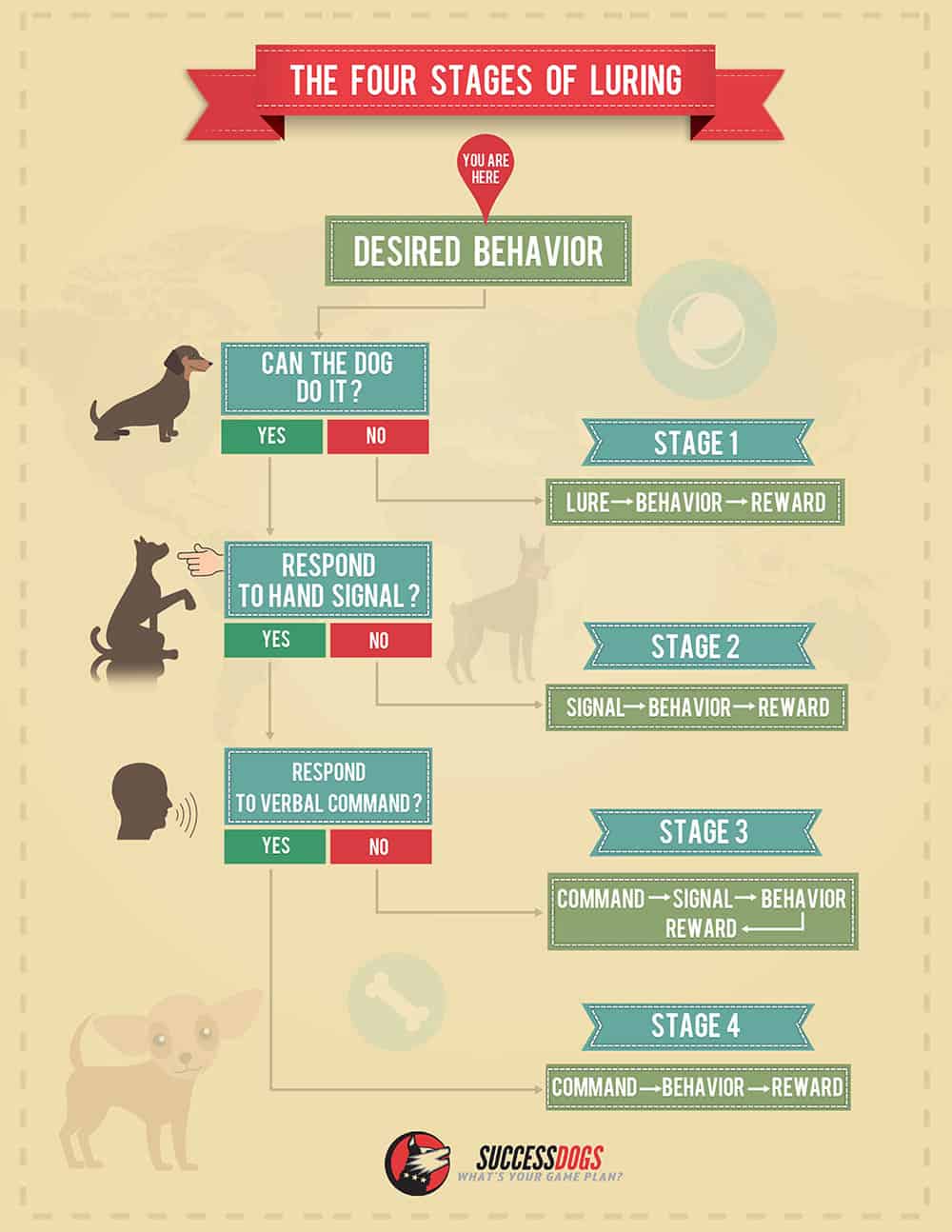How To Stop A Dog From Jumping Up
Jumping is a problem that a lot of pet parents deal with. Dogs jump for a couple of reasons. One reason is because the dog is excited. Another reason is because the behavior has a reinforcement history. And one other reason is because our faces omit a lot of smells and the dog wants to get a good whiff.
Stopping Your Dog From Jumping on You:
A lot of people get home after a long day of work and get jumped on when they walk through the door. If this is a problem to you, how I recommend remedying this situation is to ask the dog to sit instead of jumping. This is what is referred to as an incompatible behavior. Now, first things first, if you only try this when you walk in the door, and don’t do any practice runs of it, it’ll probably take a while to work. If you go out of your house a couple times a day, and then return and ask your dog to sit, it’ll help him understand what you want when you do it the “real” time. Use food rewards to encourage him to sit in the future. It’ll also be a good idea to have some treats at the ready when you do actually come in on the “real” ones. Stay patient with this, it will take lots of repetition. In the long run, you will not need treats for this, as your attention in this situation is what the dog is after and will serve as the reward.
Another game I like to play that helps dogs understand that we want them to sit instead of jump consists of teaching and “auto-sit.” To teach this, I grab a treat and show it to the dog. I then walk to a spot in the room and turn towards the dog. The dog comes up to me and usually tries behaviors that have worked in the past. (Jumping, pawing, barking, etc.) I patiently wait for the dog to offer a sit. Once he sits, I give him a piece of the treat and then I move to another spot and start over. As the dog starts doing well with this, I start moving a little faster to cause a little more excitement. The idea with this is to get the dog in the habit of walking up and sitting in front of people, instead of jumping on them.
Lastly, one other game that can be played is called “4 on the Floor.”
This consists of tethering the dog to something sturdy. (Maybe the bottom of the couch) The dog being tethered gives you the ability to walk away without him following. Walking away when done correctly is a form of punishment. As soon as the dog takes one paw off the ground, you want to walk away. (You can use this for play biting too.) When you’re hanging out with him you’ll want to give him lots of attention and even food or toy rewards for not jumping. As soon as he jumps, walk away. This is something you’ll want to do for a couple weeks. (Even when the jumping has stopped with you when doing the game.) By continuing you’ll be continue to reinforce the good behaviors.
If your dog is jumping on you while you have one of his toys or are holding on to something here’s a video to help with that:
[youtube id=”b6cuArL4JHA”]Stopping Your Dog From Jumping on Others:
A leash is an extremely important tool to use when trying to get your dog to stop jumping on others. The leash is a tool that allows you to remove him from his reward. (The person) when he does in the incorrect behavior. (Jumping) Here’s how I use it:
The first thing I do is teach the dog to walk up and sit in front of a person. I refer to this as “Go Say Hi.” (Reference video for visual) I practice this cue with people in the house, and with anybody that is willing. As you can see in the video, the dog is cued to “go say hi” and is brought up on leash to the guest. The goal is for the dog to go up and sit so it can greet the guest. If he does, he can get what he wants which is the attention. If he jumps, use the leash to bring him back to the starting point for a couple seconds. Repeat this process until the dog successfully sitting instead of jumping. If the dog is struggling, give him longer breaks in between attempts. (A couple minutes.) During those breaks you can either hold onto him by his leash, or put him away. (Crate, baby gate etc.)
Here is the video:
[youtube id=”tVWYCrWuLGs”]Be very strict with this process. It isn’t the easiest thing to accomplish, but with lots of consistency you’ll have a dog that doesn’t jump on guests coming in the door. Also, don’t allow people to say that jumping on them is okay. This is going to confuse your dog and cause the jumping to continue. If the situation comes up, tell the person your dog needs to sit for greetings. If they can’t respect that, they lose their opportunity to pet your dog.
In conclusion, to stop unwanted jumping you need to be very consistent. Don’t allow your dog to jump on guests sometimes. Don’t allow guests to say, “it’s okay, he can jump on me.” Don’t allow the dog to jump on you sometimes. Always ask the dog to do a more appropriate behavior like sitting. If you stay strict, you’ll accomplish your goal. If you get lax, you’ll probably have a dog that jumps for a lot longer than you’d like.

